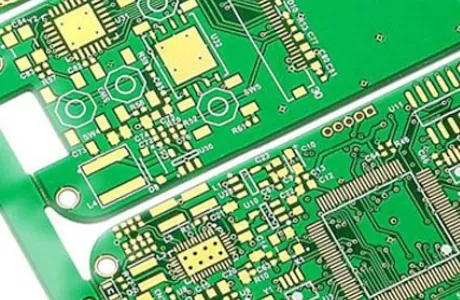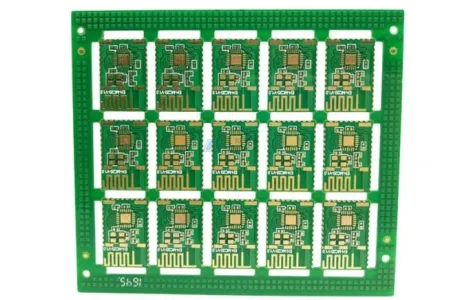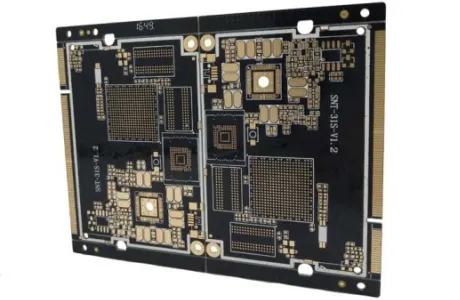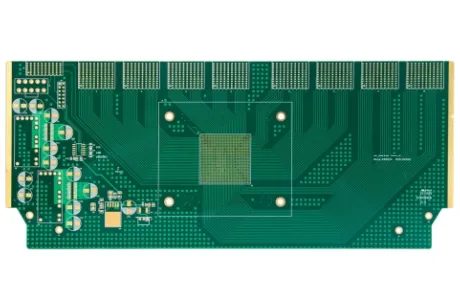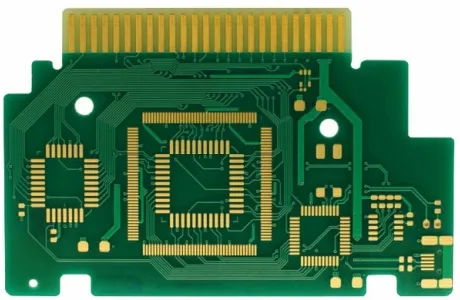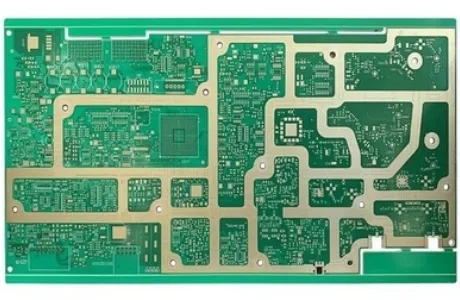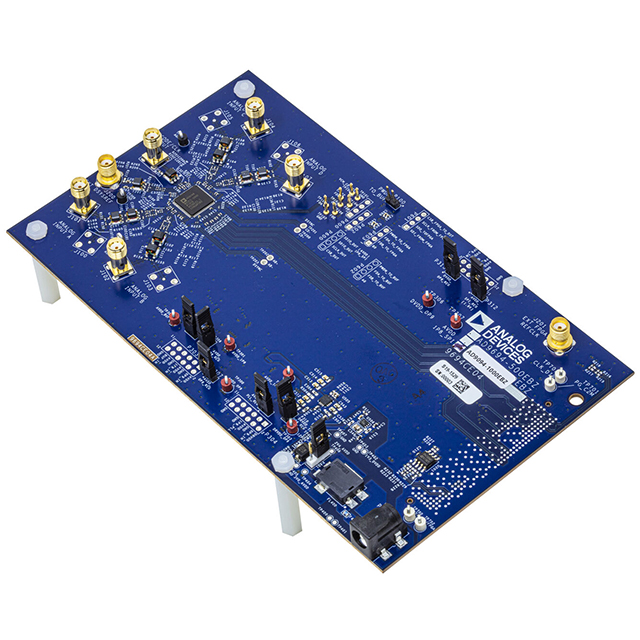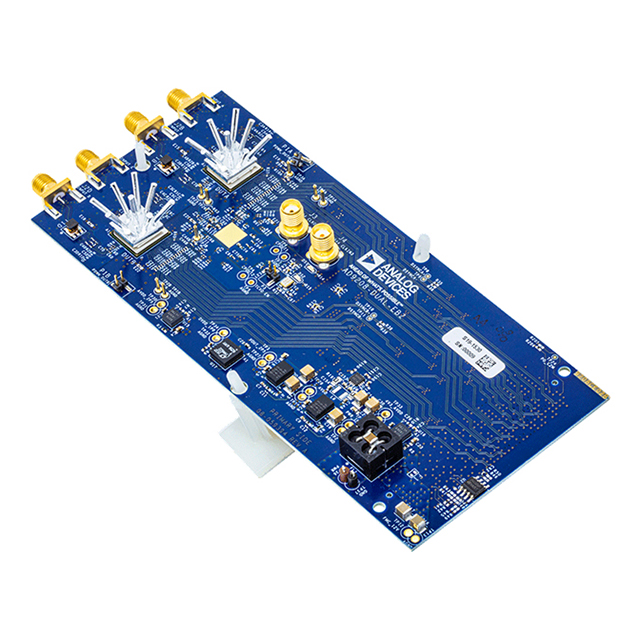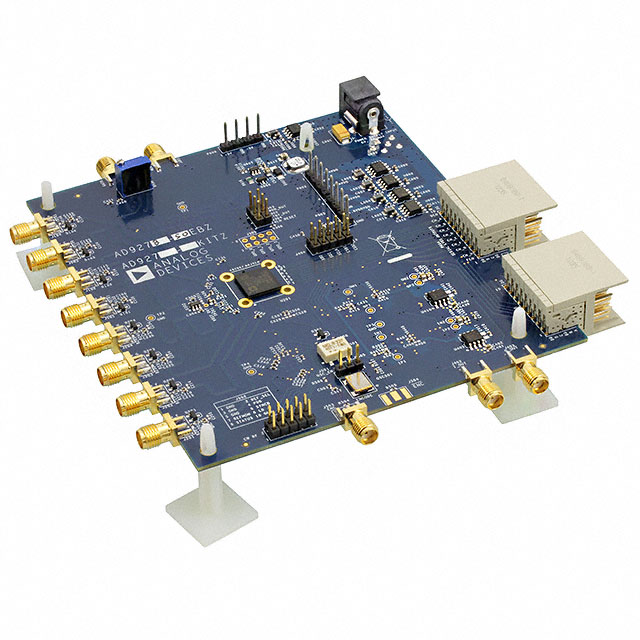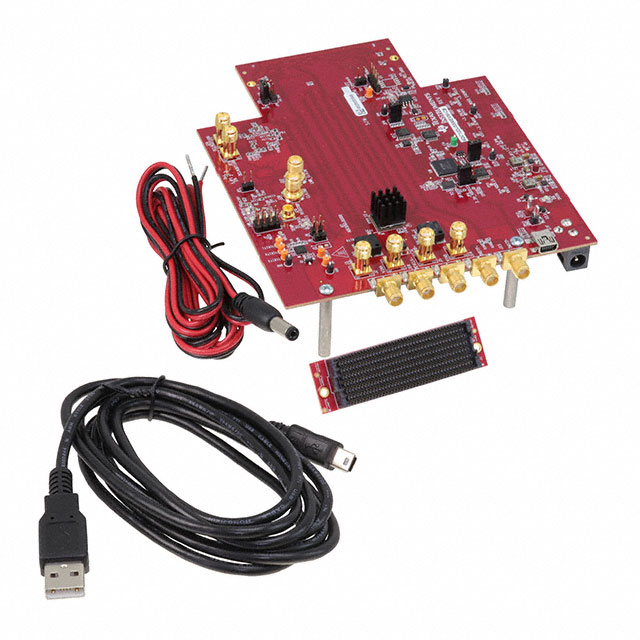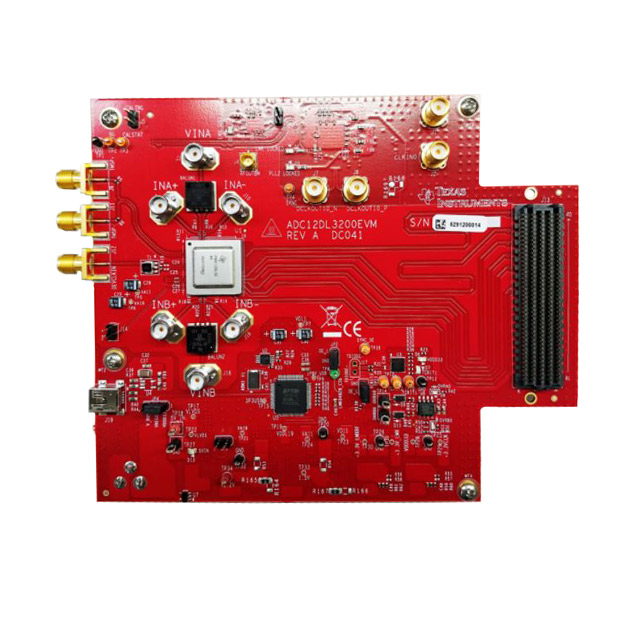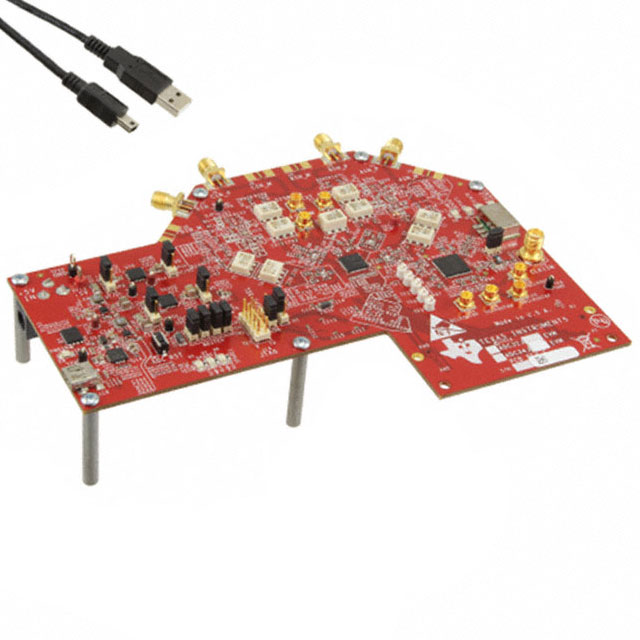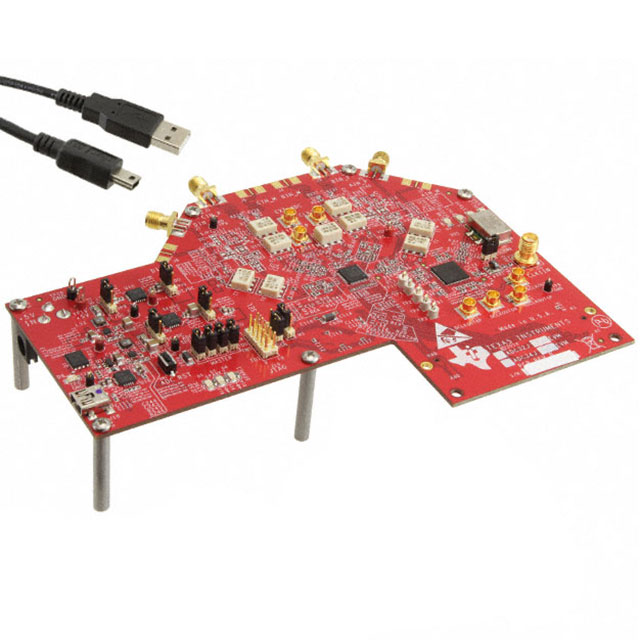
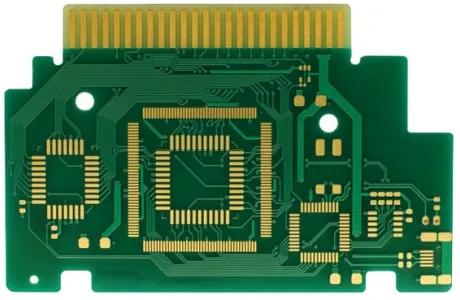
6-layer Immersion Gold FR4 Vehicle GPS-PCB Board
Description :
6-layer immersion gold FR4 vehicle GPS-PCB board is a printed circuit board (PCB) specifically designed for vehicle GPS systems. The 6-layer design allows for more complex circuitry and improved signal integrity. The immersion gold surface treatment provides a protective layer and enhances the conductivity of the board.Product Details:
6-layer Immersion Gold FR4 Vehicle GPS-PCB Board Introduction
6-layer immersion gold FR4 vehicle GPS-PCB board is a printed circuit board (PCB) specifically designed for vehicle GPS systems. It is built on the FR-4 substrate, a common material used in PCB manufacturing. The immersion gold surface treatment is applied to the pads of the board, providing a protective layer and enhancing the conductivity of the board. What's more, the 6-layer design allows for more complex circuitry and better signal integrity.
6-layer Immersion Gold FR4 Vehicle GPS-PCB Board Parameter
| Number of layers | 6 |
| Substrate | FR4 |
| Thickness | 1.0mm |
| Surface Treatment | Immersion Gold |
| Special Process | / |
| Minimum aperture | 0.25mm |
| Inner layer line width and line spacing | 4/3.5mil |
| Outer layer line width and line spacing | 4/3.5mil |
| Applications | specifically designed for use in vehicle GPS systems |
6-layer Immersion Gold FR4 Vehicle GPS-PCB Board Features
1. Multiple layer count: The board consists of 6 layers, allowing for more complex circuitry and improved signal integrity.
2. FR-4 substrate: The board is built on FR-4 substrate, a widely used material in PCB manufacturing due to its excellent electrical insulation properties and mechanical strength.
3. Immersion gold surface treatment: The pads of the board are coated with immersion gold, which provides a protective layer and enhances the conductivity of the board.
4. Designed for vehicle GPS systems: The board is specifically designed for use in vehicle GPS systems, ensuring reliable and accurate performance in GPS applications.
5. Improved signal integrity: The 6-layer design of the PCB allows for better signal routing and reduced interference, resulting in improved signal integrity for the GPS.
6-layer Immersion Gold FR4 Vehicle GPS-PCB Board Applications
It has various applications in the field of vehicle GPS systems. Here are some typical applications for your reference:
1. Vehicle navigation systems: The board can be used in the development of vehicle navigation systems, providing accurate positioning and navigation capabilities.
2. Fleet management systems: They can be utilized in fleet management systems, enabling real-time tracking and monitoring of vehicles for efficient fleet management.
3. Telematics: The board can be integrated into telematics systems, allowing for the collection and transmission of vehicle data, such as location, speed, and diagnostics.
4. Vehicle tracking devices: They can be used in the development of vehicle tracking devices, enabling the tracking and recovery of stolen vehicles.
5. Automotive safety systems: The board can be employed in developing automotive safety systems, such as collision detection and warning systems, enhancing overall vehicle safety.
6. Intelligent transportation systems: They can be utilized in intelligent transportation systems, facilitating traffic management, congestion control, and efficient routing.
7. Vehicle communication systems: The board can be integrated into vehicle communication systems, enabling communication between vehicles and infrastructure for improved connectivity and safety.


